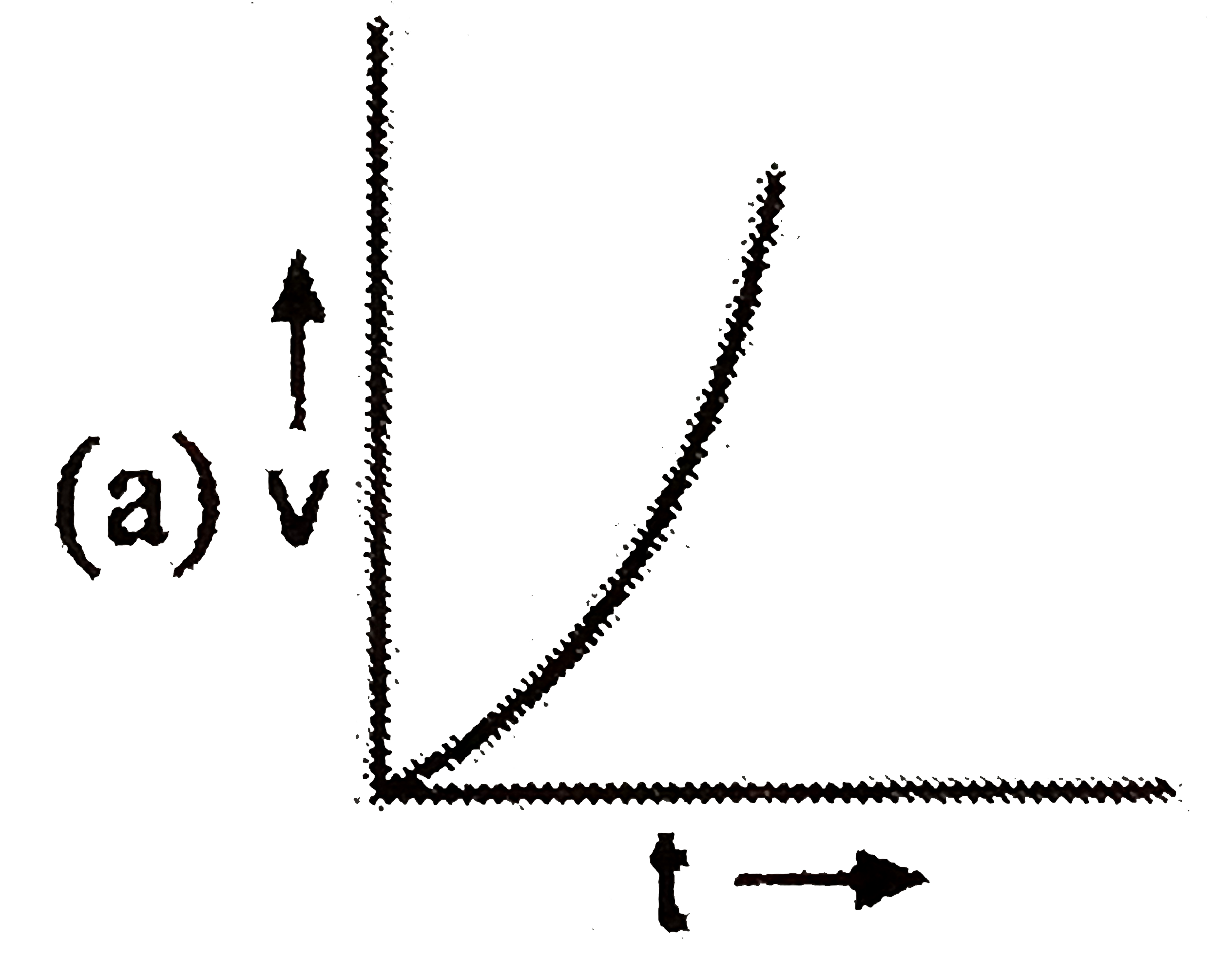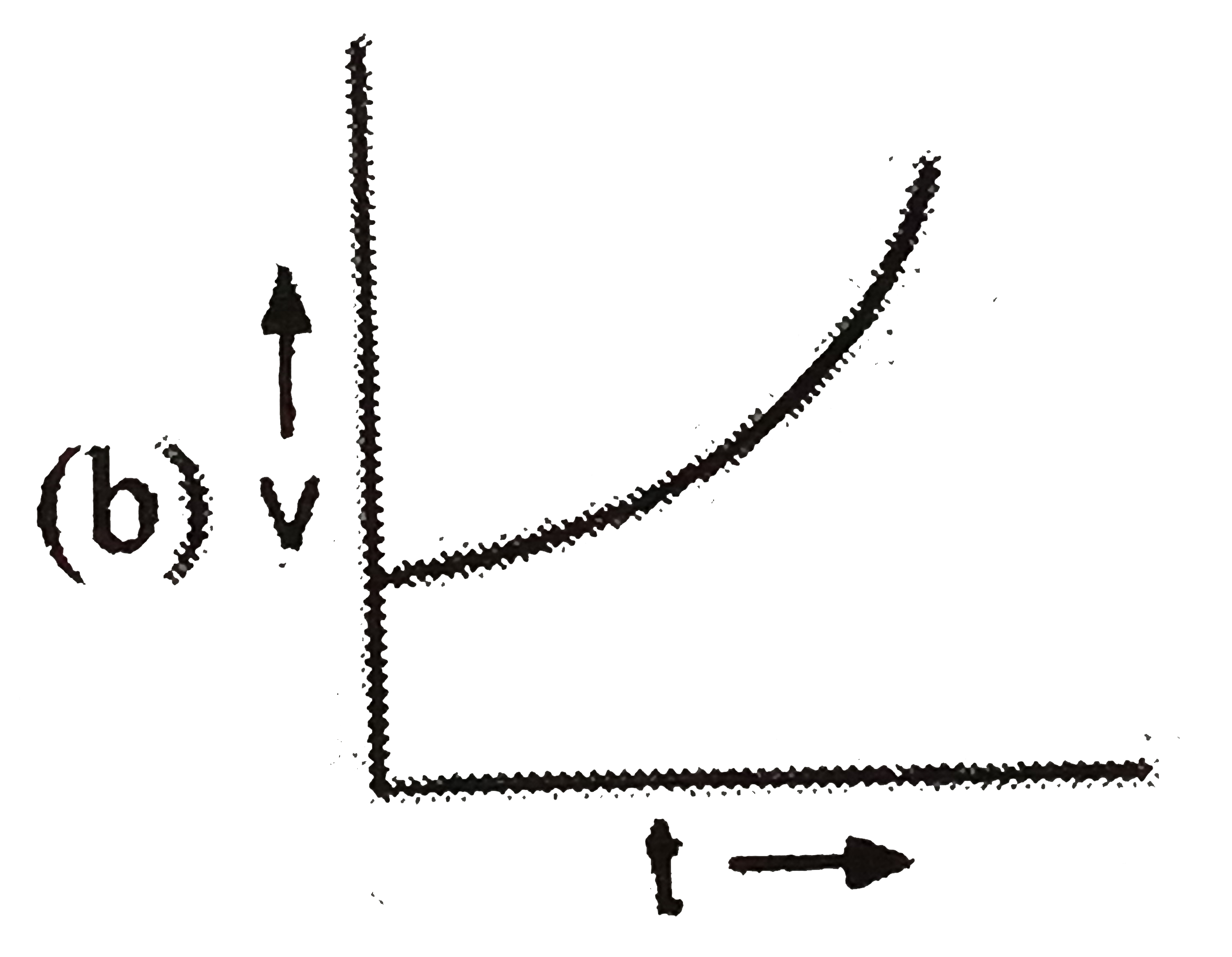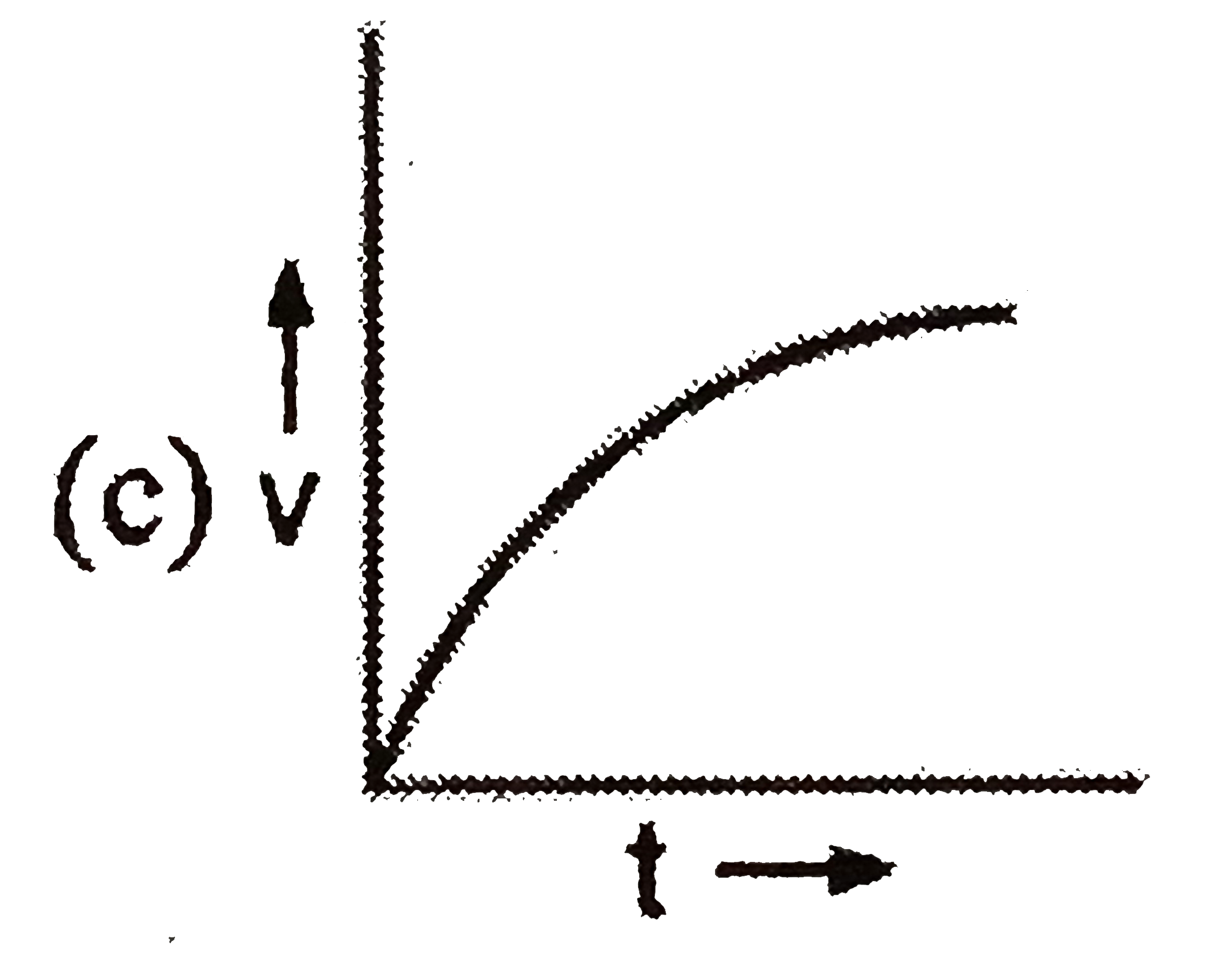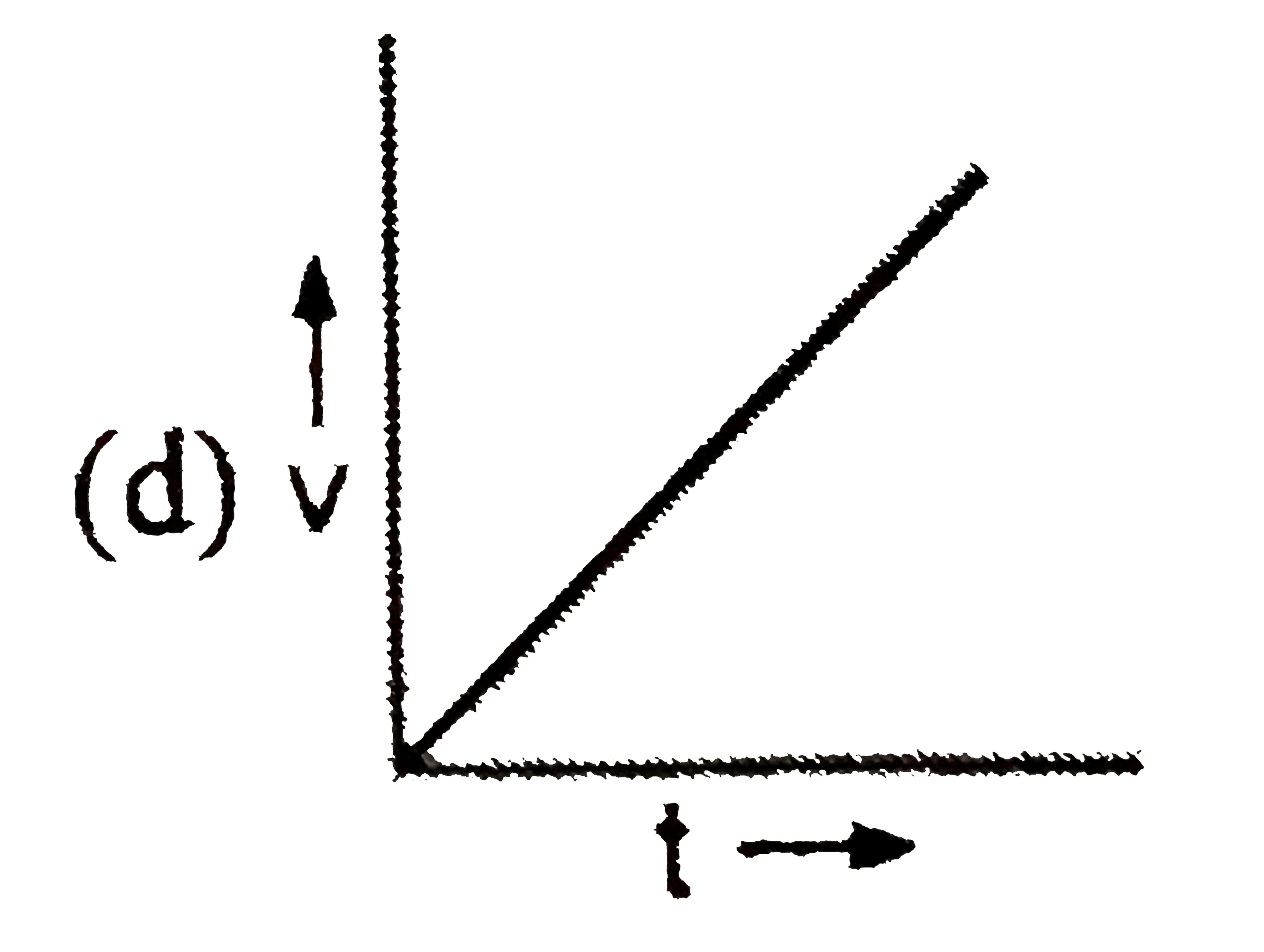Define and explain the term acceleration . Derive the velocity-time relation of a body moving under constant acceleration.
Video Solution
|
Answer
Step by step video & image solution for Define and explain the term acceleration . Derive the velocity-time relation of a body moving under constant acceleration. by Physics experts to help you in doubts & scoring excellent marks in Class 11 exams.
Updated on:21/07/2023Topper's Solved these Questions
- System of particles & rotational MotionBOOK - SL ARORACHAPTER - System of particles & rotational MotionEXERCISE - EXERCISE
353 Videos
- ROTATIONAL MOTIONBOOK - SL ARORACHAPTER - ROTATIONAL MOTIONEXERCISE - Problem for self practice
90 Videos
- Thermal Properties of MatterBOOK - SL ARORACHAPTER - Thermal Properties of MatterEXERCISE - Exercise
449 Videos
Similar Questions
Knowledge Check
Which of the following represents the motion of a body moving in a straight line under constant acceleration ?
A B
B C
C D
D
If v is the velocity of a body moving along x-axis, then acceleration of body is
AdvdxBvdvdxCxdudxDvdxdvA : The area under acceleration - time graph is equal to velocity of object.
R : For an object moving with constant acceleration, position - time graph is a straight line.AIf both Assertion & Reason are true and the reason is the correct explanation of the assertion, then mark (1).BIf both Assertion & Reason are true but the reason is not the correct explanation of the assertion, then mark (2).CIf Assertion is true statement but Reason is false, then mark (3).DIf both Assertion and Reason are false statement, then mark (4).
Draw the velocity-time graph of an object moving with uniform negative acceleration.
View SolutionWhat is the nature of the displacement time curve of a body moving with constant acceleration ?
View SolutionDerive the relation between acceleration, change in velocity and time.
View SolutionDerive graphically the equation of motion for position-velocity relation of a body moving with uniform acceleration.
View SolutionA body is moving with uniform acceleration. Its 'velocity
View Solution
